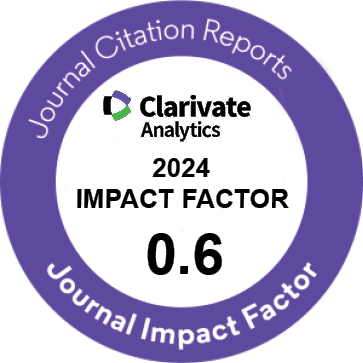| Original Article | |
| Evaluation of Predictors for Safe Motherhood Among Tribal Women in Bangladesh Chittagong Hill Tracts | |
| Abu Naser Md. Rezaul Karim1, S.M. Mostafa Kamal2 | |
| 11Department of Computer Science and Engineering, International Islamic University Chittagong, Kumira, Bangladesh 2Department of Mathematics, Islamic University, Kushtia, Bangladesh |
|
|
IJWHR 2020; 8: 353-361 DOI: 10.15296/ijwhr.2020.57 Viewed : 3274 times Downloaded : 10305 times. Keywords : Safe motherhood, Prenatal care, Skilled birth attendant, Place of delivery, Postpartum care, Tribal women |
|
| Full Text(PDF) | Related Articles | |
| Abstract | |
Objectives: Bangladesh is a country which is known for its flora and fauna in South Asia. Despite embracing safe motherhood and adhering to the advice of the International Community, with remarkable progress towards achieving the maternal mortality Millennium Development Goals (MDG) 5 goal, its development contrasts with the tribal people who reside in the remote hilly regions of the country. Therefore, this study was intended to identify the predictors that affect secure maternity practices among the tribal women of Chittagong Hill Tracts (CHT), Bangladesh. Materials and Methods: This study adopted a cross-sectional approach and was performed with live births of 556 married tribal females aged 15 to 49 years from three districts of CHT when the age of their children was not more than 1 year. Semi-structured questionnaires were used to interview the subjects. Finally, the statistical analysis was conducted with SPSS20 to estimate the odds ratios and strength of the relationship between the variables at P<0.10. Results: The results of the study revealed that safe maternity practices are not the standard in CHT. Only 12.7% met the standard of maternity services in CHT. At the time of pregnancy, more than 2/3 of females received no prenatal care. The results further demonstrated that only 34% of the women gave birth to the baby at a hospital while 66% of the births occurred at home and over 50% were assisted by untrained traditional midwives. Conclusions: In general, the results revealed that socioeconomic, demographic, cultural, and behavioral factors affected the adoption of maternal health care services (MHCS) by the women of CHT. Therefore, improving the economic conditions by introducing ‘eco-friendly’ industries can help enhance the uptake of safe motherhood practices. |
Cite By, Google Scholar
Online Submission System
 IJWHR ENDNOTE ® Style
IJWHR ENDNOTE ® Style
 Tutorials
Tutorials
 Publication Charge
Women's Reproductive Health Research Center
About Journal
Publication Charge
Women's Reproductive Health Research Center
About Journal
Aras Part Medical International Press Editor-in-Chief
Arash Khaki
Mertihan Kurdoglu Deputy Editor
Zafer Akan























